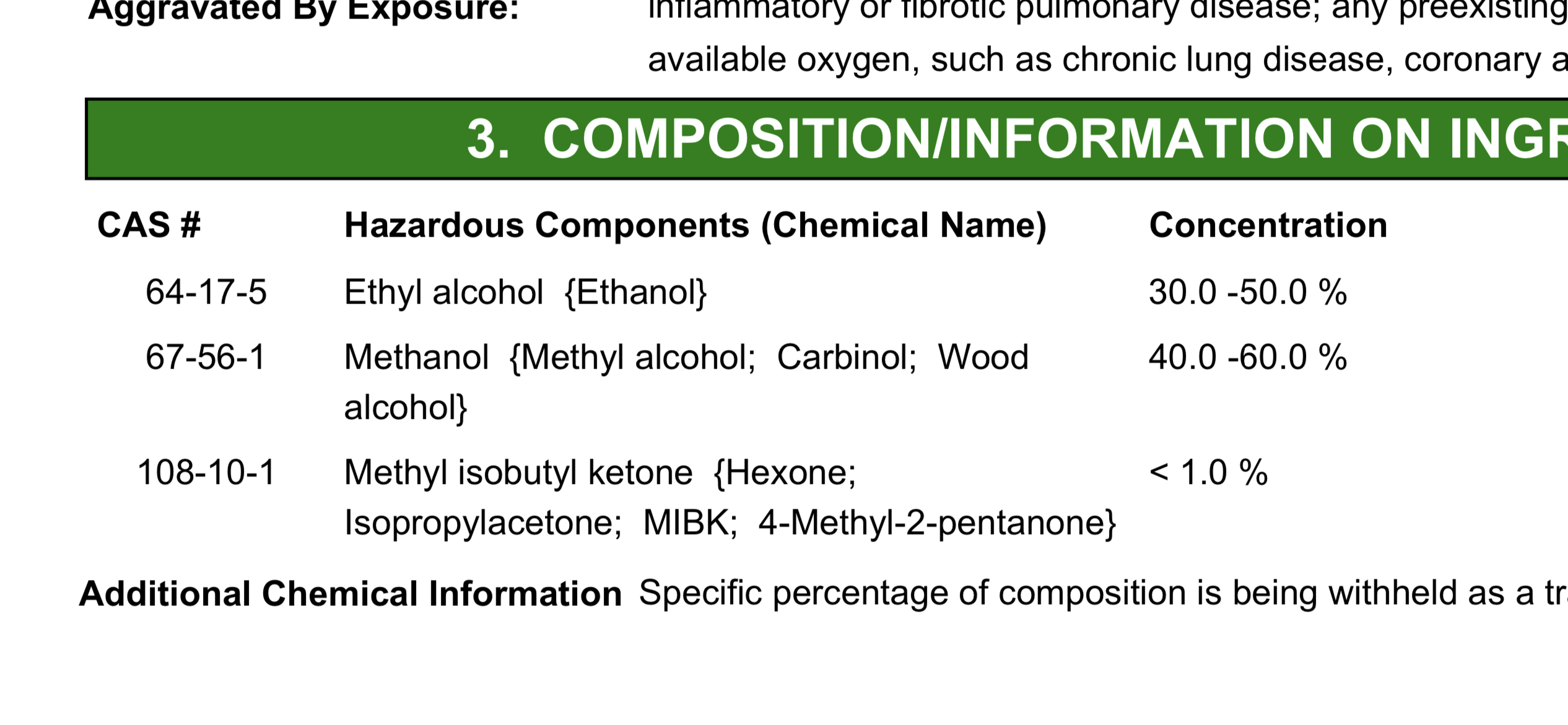I bought a handheld alcohol refractometer from ebay. This model Handheld Alcohol Refractometer 0~80% With ATC Liquor Tester Meter Measuring Tool | eBay.
And I bought some denatured alcohol from Lowes. This stuff https://www.lowes.com/pd/Jasco-1-Qu...nnwl51f8ZkFnBTbz3TUaAsTeEALw_wcB&gclsrc=aw.ds.
I first calibrated the refractometer with distilled water by turning a screw on it until the blue/clear intersection was at zero. I then put a few drops of the denatured alcohol on the refractomer and got a reading of 24% alcohol. I was surprised because I was expecting to get 100% alcohol as this was supposed to be pure ethanol. I then mixed a batch of about 9 parts denatured alcohol to 1 part tap water. The solution became cloudy. I then took a reading with the refractometer with this new solution and got a reading of 34% alcohol!
What on earth is going on? How can adding just a little bit of water be making the alcohol reading go up?? I tried mixing a solution of about 9 parts tap water and 1 part denatured alchohol and finally the reading goes below 24% ( I got a reading of about 3% alcohol). Why is this happening and why is the pure denatured alcohol reading only 24%?
And I bought some denatured alcohol from Lowes. This stuff https://www.lowes.com/pd/Jasco-1-Qu...nnwl51f8ZkFnBTbz3TUaAsTeEALw_wcB&gclsrc=aw.ds.
I first calibrated the refractometer with distilled water by turning a screw on it until the blue/clear intersection was at zero. I then put a few drops of the denatured alcohol on the refractomer and got a reading of 24% alcohol. I was surprised because I was expecting to get 100% alcohol as this was supposed to be pure ethanol. I then mixed a batch of about 9 parts denatured alcohol to 1 part tap water. The solution became cloudy. I then took a reading with the refractometer with this new solution and got a reading of 34% alcohol!
What on earth is going on? How can adding just a little bit of water be making the alcohol reading go up?? I tried mixing a solution of about 9 parts tap water and 1 part denatured alchohol and finally the reading goes below 24% ( I got a reading of about 3% alcohol). Why is this happening and why is the pure denatured alcohol reading only 24%?
















![Craft A Brew - Safale BE-256 Yeast - Fermentis - Belgian Ale Dry Yeast - For Belgian & Strong Ales - Ingredients for Home Brewing - Beer Making Supplies - [3 Pack]](https://m.media-amazon.com/images/I/51bcKEwQmWL._SL500_.jpg)











































